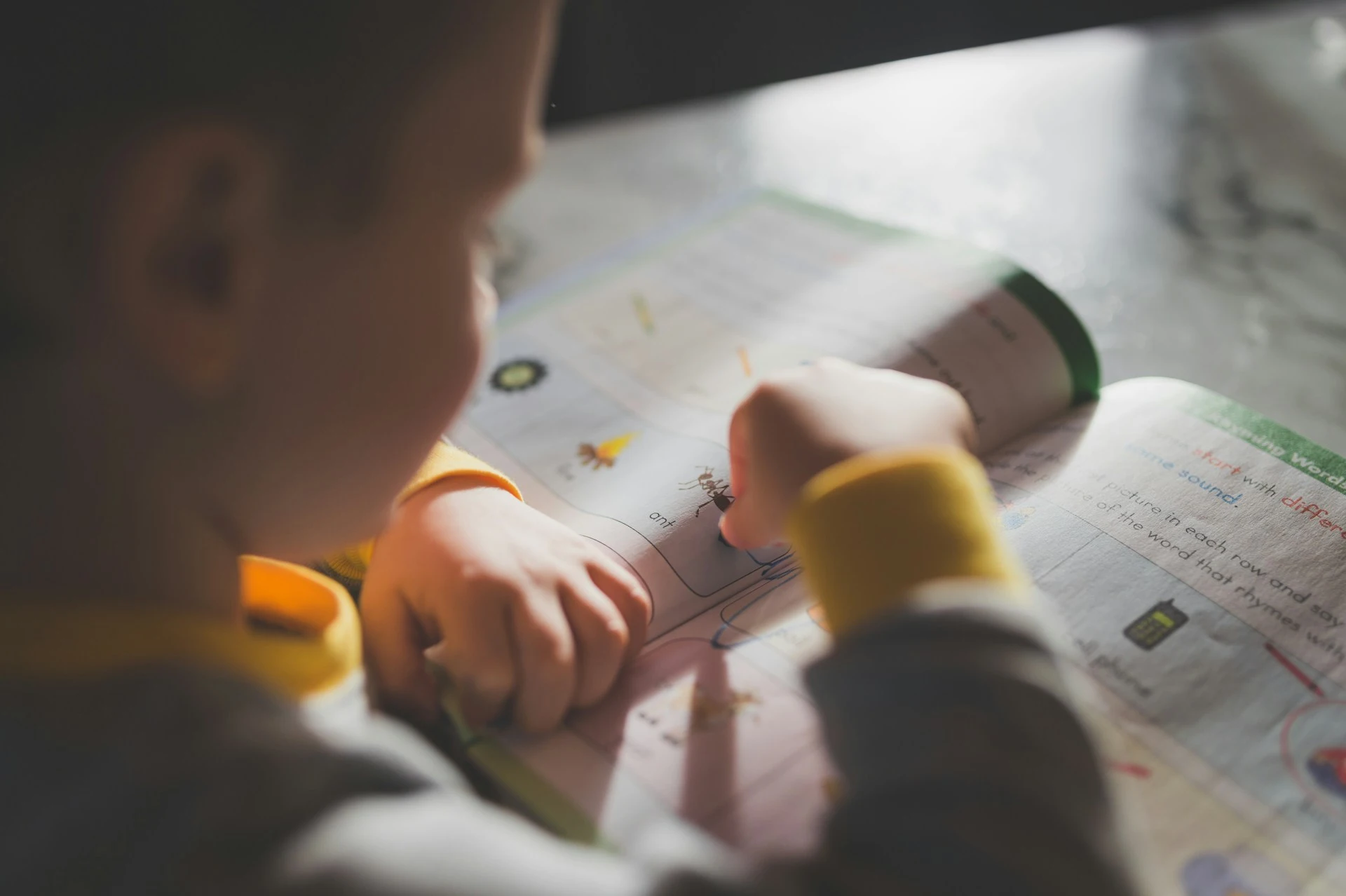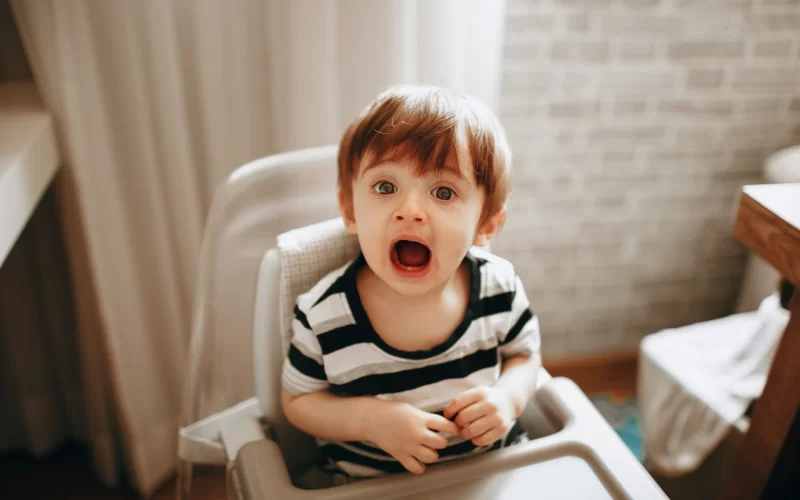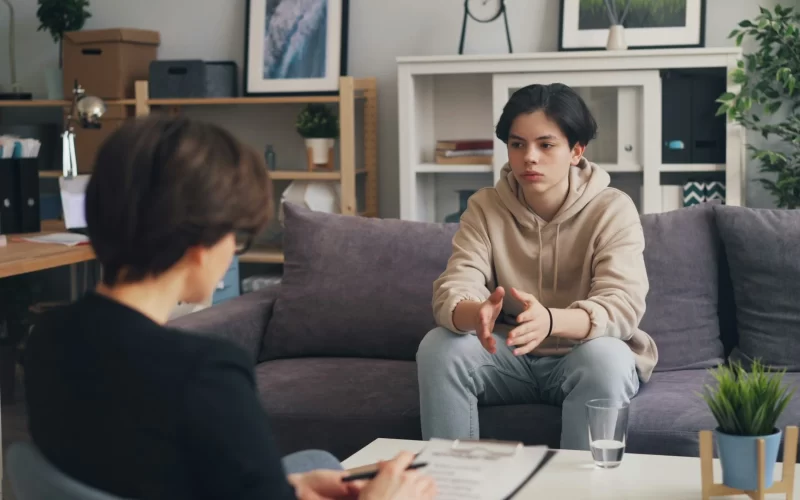Sophia was at work when her phone rang. She looked down at the caller-id and immediately felt a pit in her stomach. It was Jack’s school again. What was it this time? His inability to wait his turn during a class discussion? Trouble settling down after gym? Storming off after a disagreement in the recess yard? Dating from nursery school, Sophia had been fielding concerns about Jack’s problems. She had tried everything, from punishments to sticker charts; nothing seemed to work. Jack’s behavior had started to affect every aspect of their family life, resulting in countless disagreements between her and Jack’s father, Tom. Now her two other children were beginning to act up, probably due to lack of attention, since all of her and Tom’s bandwidth was focused on one question: “what to do about Jack?”
“Sophia Harris, who is calling?”
“Sophia, this is Mr. Frost, the school social worker. I want to speak to you about Jack’s behavior. I think I know the problem. I would like him to be evaluated for attention deficit disorder, also known as ADHD.”
Sophia’s heart started to race. What would this mean for Jack’s future? Despite her concern, she jotted down Mr. Frost’s referral. At least he had a suggestion, not just frustration. Sophia allowed herself to be cautiously optimistic.
Perhaps you have found yourself in Sophia’s shoes and have searched desperately for solutions to the problems your child experiences at home or school, only to be told they have ADHD. A professional may have confirmed the diagnosis, and you wonder what is next. The good news is there are excellent treatments for ADHD, and help might finally be around the corner.
Making a Diagnosis of ADHD
Making a diagnosis of ADHD can be tricky. To meet the criteria, a child must demonstrate symptoms of inattention and impulsivity, and hyperactivity. The symptoms need to affect functioning or development in at least two life domains, such as academics, relationships with peers, or home life, and at least some of these symptoms must present before age 12. Lastly, another psychiatric or physical condition cannot account for the symptoms. Medical conditions such as thyroid disease, sleep disorders, and certain seizure disorders are some of the medical problems that can mimic ADHD. Anxiety, Depression, and learning disabilities can also present with difficulty focusing, behavioral problems, or problems relating to peers.
After a careful developmental, medical and psychiatric history, and discussions with parents and teachers, a mental health clinician can often make the diagnosis. Sometimes, additional neuropsychological testing is recommended either to confirm the diagnosis, rule out a learning disability or provide guidelines for teachers and academic settings to ensure the proper support for your child.
Why an ADHD Diagnosis is Helpful
A diagnosis is not meant to be a label of which to be ashamed. On the contrary, it is the beginning of understanding the cause of your child’s struggles. Once you have a clear idea of what is affecting your child, you can take steps to improve their lives and those of affected friends and family. It can also be a time of healing. By the time of diagnosis, many children have been mistakenly disciplined for willful misbehavior, accused of laziness, or dismissed as troubled—frustration at school and home leads to the development of poor self-esteem and bullying amongst peers. Children become hopeless and give up applying themselves, which diminishes academic performance.
Although you might not wish for a diagnosis of ADHD, it is a path forward. Your child might be eligible for certain academic accommodations with the right support and treatment. Teachers will be more patient and understanding of their difficulties. Your chaotic home can be more harmonious with the right structure and support.
Should I Tell My Child About Their Diagnosis?
Be honest with your child about their diagnosis. It might offer him or her relief to know that their difficulties at school, home, or with peers are secondary to a treatable condition. With time and awareness, you and your child might learn to embrace the positive side of ADHD. Tell them that many successful people, including Albert Einstein, John F Kennedy, Walt Disney, Michael Jordan, and Justin Timberlake, have been diagnosed with ADHD. Like these individuals, your child can learn to harness the benefits of ADHD. For example, individuals with ADHD constantly pursue new experiences, offering them a sense of charisma and resiliency. Those with ADHD are often hard-working and excellent leaders. They are willing to take risks and have a unique sensitivity to the underdog. Their ability to hyperfocus allows them to dedicate themselves to topics of interest, enter a state of “flow,” and master projects they find intriguing.
What are the Treatments for ADHD?
More good news – there are excellent treatments for ADHD. Finding a licensed clinician with expertise in ADHD is an important first step. These treatments involve both medication and behavioral strategies. When ADHD affects the family, we also often recommend family therapy. Lastly, several lifestyle modifications, such as adding routines and structure to the day, can help create order and peace internally and externally.
How to Find the Right Help
ADHD is complicated, so it is important to find someone with experience in treating the diagnosis. You will need a professional who understands ADHD and with whom you feel comfortable speaking. Consider the education of your therapist and/or prescriber and how long they have been practicing. Location and availability are also important, as coordinating your child’s therapy with busy family schedules can be difficult. It is critical that you trust your clinician and they are willing to collaborate with teachers or other school administrators when needed. Most often, it is vital to seek a professional who can prescribe medication, such as an MD or Psychiatric Nurse Practitioner (PMHNP). If your prescriber does not perform talk therapy or psychotherapy, you will also want to find a clinician who does. Sometimes this will be a behavioral therapist, family therapist, or, if your child suffers from anxiety, depression, or another psychiatric disorder, someone with expertise in these diagnoses.
What are the Medications for ADHD?
Medications are shown to be the most effective treatment for ADHD. Understandably, some parents have concerns about medicating their children, such as side effects, social stigma, and possible issues around dependency. Nevertheless, it is essential to remember that the most devoted and adoring parents are not enough to balance out the neurochemistry of ADHD. Keep in mind that ADHD can cause long-lasting behavioral problems, academic failures, and issues with peers that are often more deleterious to your child’s future than taking medication. Below is a brief orientation of the medications used to treat ADHD. The goal of treatment is to select a medication that addresses symptoms while having the fewest side effects.
Stimulants
Stimulants are the mainstay of treatment for ADHD. They work by increasing dopamine and norepinephrine in the brain. This helps reduce hyperactivity and improves focus. Stimulants include medications such as:
- Ritalin (methylphenidate),
- Adderall (amphetamine)
- Focalin (dexmethylphenidate.)
They are available in both short and long-release formulations and in pill, liquid, and patch form. Most are taken in the morning as they interfere with sleep. However, a newer medication, Jornay PM, is given at night and begins working when a child wakes. This is especially helpful for kids who struggle to stay on task for the morning routine and school.
Although these medications are extremely safe, some children experience side effects such as decreased appetite, insomnia, stomach upset, or headaches. Untoward effects can be reduced with an adjusted dosage and schedule.
Non-Stimulants
There are several non-stimulant medications available to treat ADHD.
- Strattera (Atomoxetine),
- Intuniv (Guanfacine)
- Kapyvay (Clonidine.)
They can be used alongside stimulants or when a stimulant is poorly tolerated or contraindicated. Strattera is a non-stimulant that increases norepinephrine and dopamine in the brain. Clonidine and Guanfacine work by increasing norepinephrine in the prefrontal cortex. The third type of non-stimulant medication, Wellbutrin (Bupropion), is an antidepressant that increases dopamine in the brain. Prescribers often suggest Wellbutrin when a patient shows signs of depression and attentional issues.
Although these medications are well tolerated, in some, they cause fatigue, nausea, stomach pain, and decreased appetite.
Behavioral Therapy in ADHD
Medication alone will not help your child understand him or herself and learn the necessary social and cognitive skills for long-term success. Behavioral Therapy, in which a therapist works with you and your child to establish goals and a plan to overcome difficult behaviors, is effective in individuals with ADHD. Paradoxically, individuals with ADHD often repeat behaviors that elicit intense negative reactions instead of avoiding them. Therefore, your child’s therapist will guide you toward positive reinforcement strategies versus scolding and punishment. Over time, you will learn the benefits of this approach with your affected child, even with children who do not have an ADHD diagnosis.
Family Therapy in ADHD
Family Therapy is a form of psychotherapy that helps build communication and conflict-resolution skills in the home. All families struggle with the demands of living together while facing life stressors, sharing space, emotions, and learning boundaries. When one or more family members have ADHD, this can add more challenges. Family therapy can provide psychoeducation and teach healthy emotional processing skills that prevent destructive behaviors.
What Changes Can We Make at Home to Support our Child with ADHD?
Inconsistencies in rules and boundaries are very confusing for an individual with ADHD. Make sure rules are logical, and your child understands them: structure and routine help tremendously with ADHD. Adding predictability to the day can bring calm to the often-disorganized ADHD mind. Using visual aids and productivity apps can also help the visual learner.
If your child suffers from hyperactivity, give them space to run around and encourage them to take ten pushups or jumping jacks if they need to release energy. Most of all, give them the love they need through hugs and kisses and positive reinforcement whenever you “catch them doing something good.”
Remember, not every day is a good one. Even after the most challenging days, allow your child to start fresh in the morning. Giving the gift of a new beginning without emphasizing yesterday’s difficulties is an excellent way to learn resilience, move forward, and build a growth mindset.
This blog was written and shared with permission by Dr. Julia Samton, a dual board-certified psychiatrist and neurologist and co-founder of The Midtown Practice located in the heart of Manhattan. The Midtown Practice sees patients in person and via teletherapy. Learn more about their Child & Adolescent Services.




